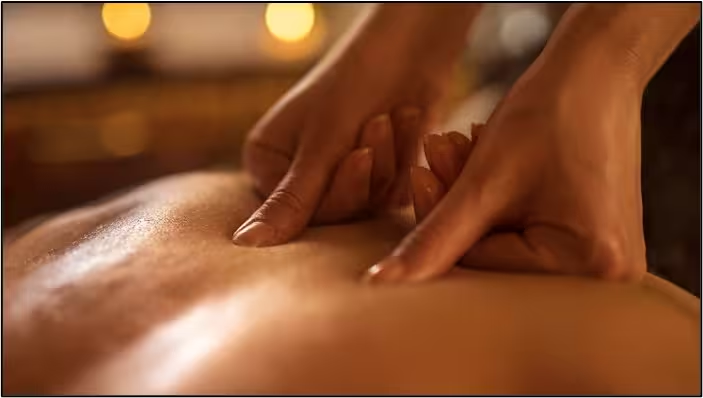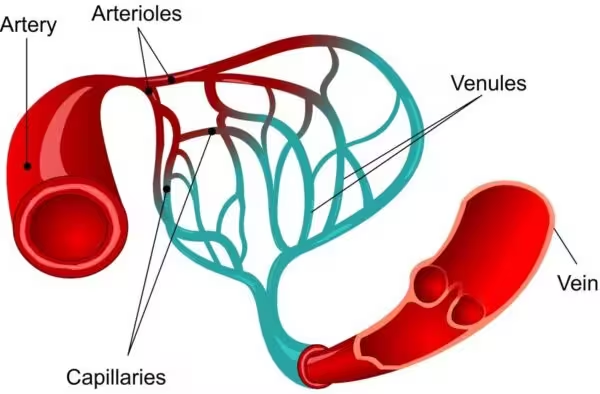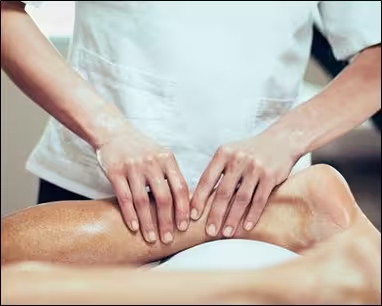How Does Massage Work?
Therapeutic and Sports Massage involves the application of different types of mechanical pressure to the soft tissues of the body. Massage can effect the body in a number of different ways depending on the area and method of application. Benefits of massage may include relaxation and reductions in stress, easing pain and muscular soreness, improved circulation, energy and mental alertness, and decreased blood pressure and heart rate. There is even some evidence to demonstrate enhanced immunological function. So how does it work? Below we explore some of the physiological mechanisms by which massage can help you.
Relaxation
Massage induces what is known as the ‘parasympathetic response’. The parasympathetic system is a branch of the nervous system responsible for the ‘rest-and-digest’ activities that occur when the body is at rest (especially after eating). These include salivation, lacrimation (tears), urination, digestion and defecation. The parasympathetic nervous system is one of three divisions of the autonomic nervous system (automatic responses). It conserves energy as it slows the heart rate, increases intestinal and gland activity, and relaxes sphincter muscles in the gastrointestinal tract. This is why stress and anxiety can have a negative effect on our digestion. Massage also stimulates the release of chemicals known as endorphins that help us feel happy and relaxed. For instance, one of these is dopamine which is known as our ‘reward hormone’ and is also released when we do something good or achieve something.

Circulation
Massage can also influence our circulatory system (blood flow). Our body prioritises how much blood is sent to where through the constriction and dilation of blood vessels. Our smallest blood vessels are known as capillaries. Massage can help stimulate the flow of blood through a capillary, this increases the nutrients delivered to, and the waste taken away from the body tissue that is being worked on.

Musculoskeletal Health
One of the most common reasons a person might seek help from a massage therapist is muscular aches and pains. Sports Massage helps in enhancing circulation to and from the muscles. This increases their nutrient supply and reduces waste accumulation This is also true of joints and joint cartilages which will benefit when the surrounding tissues are massaged.
When a muscle works, even under ordinary circumstances, tiny tears occur. This is a normal part of the muscles function and they will usually heal without any problem. When a muscle is under chronic tension or strain, these tiny tears can heal improperly, and scarring can occur. This can make the muscle fibres more fibrous and create a stringy texture to the touch. Improper healing can create adhesions between the fibres, reducing strength and flexibility. The muscle becomes uncomfortable and more prone to injury. Massage helps reduce this by breaking down these adhesions and stimulating the circulation so that the muscles can heal properly and function efficiently. The increase in circulation also helps the muscle to lubricate itself thereby increasing flexibility.
Massage can also be beneficial as a natural painkiller. It is very common for people to instinctively rub or massage an area when experiencing pain or discomfort (think of a time where you might have banged your knee or elbow). The nerves that carry the sensation of the rubbing travel faster than the nerves that carry sensations of dull achy pain, therefore the brain pays it more attention. Massage also warms and brings blood flow into the sore area, as well as stretching and improving the range of motion
